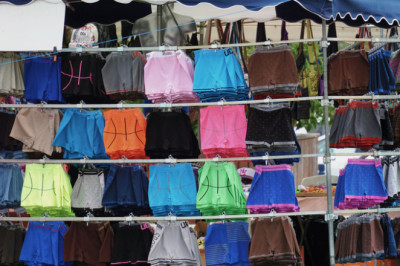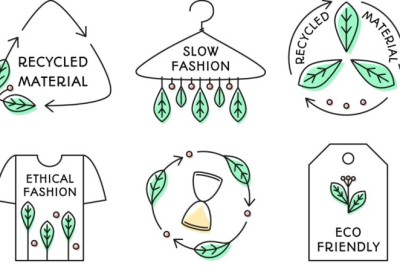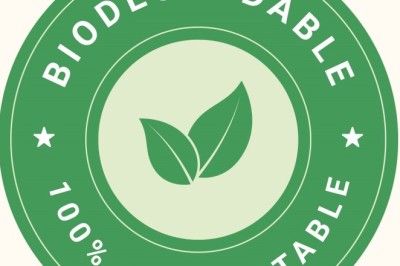views

Top 5 Eco-Friendly Fabrics to Look for in Sustainable Fashion
In recent years, the fashion industry has undergone a significant transformation towards sustainability. With growing environmental concerns and a shift towards conscious consumerism, there's an increasing demand for eco-friendly fabrics that minimize the environmental impact of clothing production. From organic cotton to innovative plant-based alternatives, let's explore the top five eco-friendly fabrics to look for in sustainable fashion.
Organic Cotton:
Conventional cotton production is notorious for its heavy use of pesticides, water consumption, and environmental degradation. In contrast, organic cotton is grown using methods and materials that have a low impact on the environment. It eliminates the use of synthetic pesticides and fertilizers, promotes soil health, and reduces water consumption through rainwater harvesting and crop rotation techniques. Organic cotton fabrics are soft, breathable, and versatile, making them a popular choice for eco-conscious consumers seeking sustainable wardrobe staples.
TENCEL™ (Lyocell):
TENCEL™, also known as Lyocell, is a sustainable fabric made from wood pulp sourced from responsibly managed forests. The production process involves a closed-loop system, where solvents used to break down the wood pulp are recycled and reused, resulting in minimal waste and environmental impact. TENCEL™ fabrics are prized for their silky-smooth texture, moisture-wicking properties, and biodegradability. They are commonly used in a wide range of clothing items, from casual wear to activewear and lingerie.
Hemp:
Hemp is one of the oldest and most versatile natural fibers, with a history dating back thousands of years. It is derived from the Cannabis sativa plant and requires minimal water, pesticides, or synthetic fertilizers to grow. Hemp cultivation also has the potential to improve soil health and reduce carbon emissions through carbon sequestration. Hemp fabrics are durable, breathable, and naturally resistant to mold and UV radiation. They are ideal for creating sturdy denim, lightweight summer garments, and eco-friendly accessories.
Recycled Polyester:
Recycled polyester is a sustainable alternative to traditional petroleum-based polyester, which is derived from non-renewable resources and contributes to plastic pollution. Recycled polyester is made from post-consumer plastic waste, such as recycled water bottles and discarded polyester garments. The recycling process involves melting down the plastic to create new polyester fibers, reducing the demand for virgin materials and diverting waste from landfills. Recycled polyester fabrics retain the same properties as virgin polyester, including durability, moisture-wicking capabilities, and quick drying times. They are commonly used in sportswear, outerwear, and accessories.
Bamboo:
Bamboo is a fast-growing, renewable resource that requires minimal water and no pesticides to thrive. Bamboo fabrics are derived from the pulp of bamboo plants through a mechanical or chemical process. Mechanical processing involves crushing the bamboo fibers and spinning them into yarn, while chemical processing involves using solvents to dissolve the fibers and create a viscose-like substance. Bamboo fabrics are soft, breathable, and naturally antibacterial, making them ideal for sensitive skin and hot climates. However, it's essential to choose bamboo fabrics produced using eco-friendly manufacturing processes to minimize environmental impact.
Conclusion
In conclusion, the fashion industry is increasingly embracing eco-friendly fabrics as part of its commitment to sustainability. By choosing fabrics like organic cotton, TENCEL™, hemp, recycled polyester, and bamboo, consumers can reduce their carbon footprint and support environmentally responsible fashion brands. As the demand for sustainable fashion continues to grow, it's essential for both consumers and industry stakeholders to prioritize eco-friendly materials and practices in the quest for a more sustainable future.











Comments
0 comment